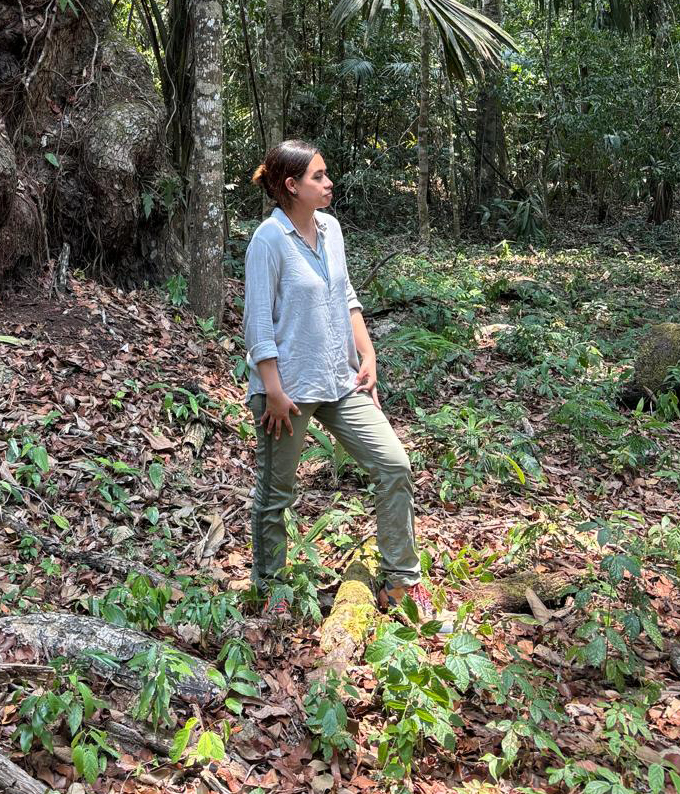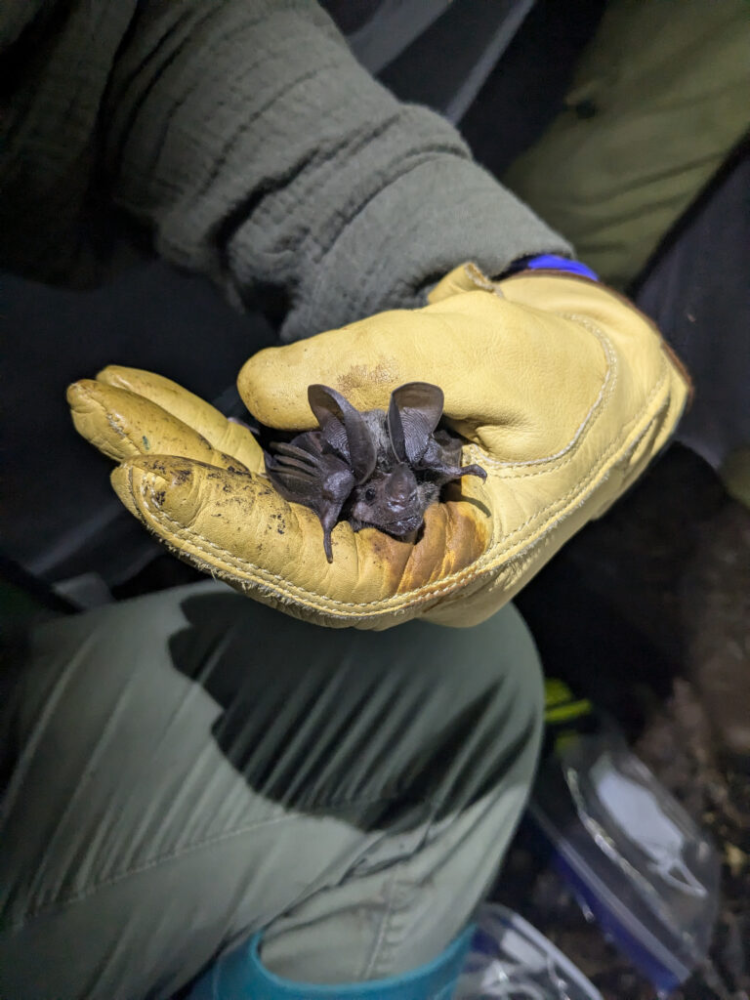York University biology PhD student Gliselle Marin is leading conservation efforts in Belize by studying the way the country's bats contribute to biodiversity, while trying to remove the larger stigmas associated with the nocturnal animals.
Marin's commitment to bats was inked two years ago when she put aside a lifelong fear of needles and had three of the flying mammals tattooed on the nape of her neck.

Gliselle Marin
Today, the international student is leveraging all that she is learning about bats to help lead local conservation efforts in Belize, the richly biodiverse country where she was born.
"I see a future where the people who live amongst the biodiversity here have agency over the resources around them," said Marin, whose research takes her to the forests of Belize three times a year for weeks at a time.
She has just wrapped up a five-night bat survey in the Lamanai Archaeological Reserve, which is built around the ruins of a pre-classic Mayan city. This kind of field research involves capturing bats in nets and harp traps, which can catch flying bats more easily without damaging their wings.
She is logging the species she finds and also studying their diets. By extracting DNA from their dung, she hopes to understand whether bats are diversifying what they consume because they like the variety, or because they aren't getting the nectar, fruit or insects they need from their environment.
Through her field work in Belize, she found that a species of bat believed to limit its food intake to nectar was also eating insects. This particular bat had evolved to have an elongated nose like a hummingbird and a hairy, retractable tongue to help it take in the nectar. Yet, it was eating insects.
"That's what my research is based off," said Marin. "I'm looking at what different guilds of bats are supposed to be eating and investigating further to see if there are more anomalies in what they are actually eating."

Gliselle Marin with one of the bats she has studied in Belize.
What her research finds could lead to improved bat conservation and efforts to conserve the country's forests, which are under threat from agricultural expansion, as well as climate and natural disasters like hurricanes. Healthy bats mean healthy forests.
The role birds play in the ecosystem is better understood; yet, at night, when bats are active, they take over many of the same jobs, including dispersing seeds that will grow first in degraded areas and build back forests.
"The birds perform all these ecosystem roles during the daytime. And bats are kind of their counterparts at night," she said.
Marin is part of a small movement trying to educate communities, both locally and further afield, about that connection.
She works closely with her supervisor, Elizabeth Clare, an assistant professor of biology at York who runs the Clare Lab devoted to biodiversity, and goes by @Dr_bat_girl on social media.
They both share a desire to raise awareness about the contributions of bats to the ecosystem through her work, and also to destigmatize them.
"They go under the radar a lot because they're still stigmatized. When you hear of bats, you think rabies or that they fly into your hair," she said.
"There's a lot that people just don't know. The more I learn about bats, the more I realize how amazing they are."
This story was originally featured in the October issue of Aspire, a special issue of YFile highlighting research and innovation at York University.












